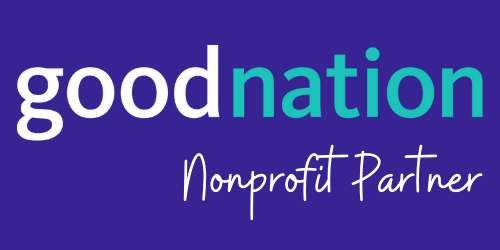Early on a Tuesday morning in Boone, Iowa, while the corn fields are still wet with dew, the coffee counter at a local Casey’s gas station hums with conversation. Loitering near the cash register, John chats up his neighbors while his truck finishes filling with diesel.
He’s been coming here for coffee and a doughnut a couple of times a week for years. His neighbors are exchanging notes on the weather, chatting about what they’re trying on their fields this season, and discussing the problems they’re dealing with. Occasionally, John drives away having added a thing or two to his mental list of ideas to try on the farm next season.
This scene plays out over and over across farming communities in the Midwest: Farmers talk to each other; they learn from each other; they are each other’s trusted sources.
These existing, trusted networks offer enormous potential. It’s an efficient and powerful way to share new farming practices that are good for the farmers profitability and good for sustainability. But because they’re piecemeal, sharing good ideas can be inconsistent or slow, and might leave some farmers out. Is there a more scalable, less resource-intensive way to use the strength of their farmer network to expand conservation practice adoption?
To find ways to supercharge these networks, we partnered with the Practical Farmers of Iowa an organization that seeks to help farmers to build resilient farms and communities. Together with PFI, we learned that while digital reminders boosted information sharing through farmer networks, they were not enough to increase program enrollment. These results are a testament to the importance of employing rigorous evaluation strategies. These tools can help ensure that limited human and financial resources are allocated efficiently in the effort to make widespread the use of sustainable agriculture practices. Farmer networks are a powerful means to achieve more economic security and sustainability, but taking full advantage of their potential remains an unsolved behavioral question.
Farmer Referral Campaign
We combined PFI’s expertise about farmers and their preferences with our expertise on behavioral science—the study of how people’s context influences their behavior to—address this question. We designed a simple set of reminders that would make it easy for farmers to refer other farmers in their social networks to PFI’s cover crop cost-share program. Cover crops are a sustainable agriculture practice that has a variety of long-term ecological benefits and economic benefits for farmers.
Our two email reminders and one text message reminder emphasized the easy, actionable steps that farmers could take to refer their neighbors. We encouraged recipients to “Make sure your neighbors don’t miss out on this low-hassle cover crop funding opportunity.” The reminders also corrected common eligibility misperceptions that farmers might hold regarding PFI’s programs and included easy-to-share links to the enrollment form.
When Information Sharing Doesn’t Equal Enrollment
We were optimistic that reminders would increase referrals to and enrollment in PFI’s cover crop cost-share given that 32% of the new enrollments in the cost share in 2022 came to the program via a referral from another farmer. However, the results from our randomized evaluation and qualitative interviews revealed an important learning: While our reminders helped more farmers share information about the cost-share program, they did not translate to increased enrollment in the program.
Looking deeper into the process of making a referral reveals an interesting story. To spread a practice through social channels, a key step is to share or talk about it with others. Here, the intervention had some success: The farmer referral campaign increased the proportion of farmers who reported sharing cost-share program information with other farmers by 7.9%.
Why might it be that our intervention increased the number of farmers who shared information, but not “successful” referrals—referrals that resulted in cost-share program enrollment? Perhaps hearing information one time from a peer is not sufficient to facilitate action. Alternatively, perhaps our outreach method did not align with how farmer-to-farmer referrals tend to happen. Referral conversations among farmers tend to be informal, in-person and occur spontaneously. As one farmer explained: “I’ve shared with farmers via informal conversations that this is a really good program. I would say, with these guys I see at church or the co-op … you see them and you’re chatting … you might informally discuss seeding and bring up what you did and what program.”
Furthermore, while 56% of PFI members prefer receiving information via email, these farmers may not want to, or be equipped to make referrals to other farmers via email or text message. For example, one farmer reflected: “I wouldn’t have an email for any [other farmers] but one or two.”
Moving Forward
While our reminders increased information sharing, they didn’t boost enrollment in PFI’s cover crop cost-share program. However, because they appear to help facilitate more peer-sharing, they may serve as a complementary intervention to more intensive outreach efforts.
As we continue our work with PFI to expand sustainable farming practices, we’re taking this lesson seriously. Our next steps will focus on finding additional ways to complement those morning conversations at Casey’s. We’ll explore how behavioral science can help us better understand and address other barriers to cover crop adoption, from present bias and the challenge of quantifying long-term benefits to the learning costs that are associated with using cover crops.
The future of sustainable agriculture may not be found in revolutionary new outreach methods, but in better supporting the time-tested networks that farmers have always relied on. Sometimes, the most innovative solution isn’t about creating new channels—it’s about understanding, amplifying, and innovating the ones that already work.


